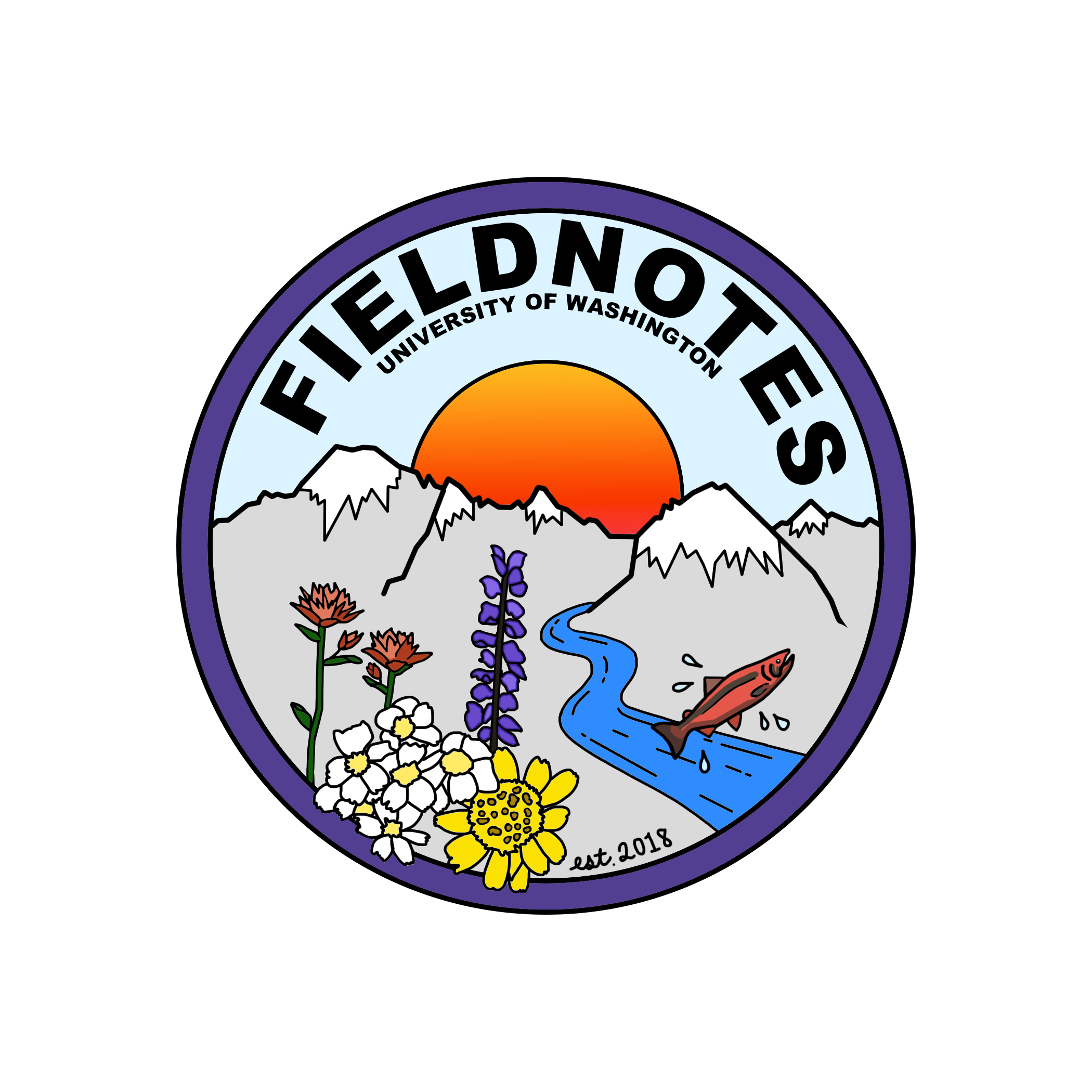Restoring ecology and equity
A BioBarge planted with sedges awaits installation on the banks of the Duwamish River. Photo: Alicia Kellogg
Floating wetlands project in Seattle’s Lower Duwamish River shines a light on environmental justice
by Andrew Chin
The Lower Duwamish River is not a place you would expect life to thrive. But before it was filled, paved, and polluted into a Superfund site, it was a healthy and vigorous estuary. Returning ecological function to the Lower Duwamish is critical to restoring the overall health of the Puget Sound ecosystem.
But for the residents of the Lower Duwamish, which include the Beacon Hill, South Park, and Georgetown neighborhoods of Seattle, WA, the challenges facing this estuary is their current reality. A history of intentional displacement has placed low-income communities and heavy industry side-by-side, and the people suffer as a result. Studies conducted by the city of Seattle have found that these communities suffer from disproportionately higher rates of chronic illnesses such as asthma and heart disease, while also having the second lowest canopy cover in the Seattle area (15%, versus a city-wide average of 28%). These two observations are not coincidental; extensive peer-reviewed literature has uncovered the connection between environmental and human health, especially in cities.
Restoration of natural systems in urban settings, therefore, brings environmental justice and equity to the forefront. But calls to restore green spaces in south Seattle have been met with community pushback. Why? Do residents not desire healthy habitats? Quite the opposite. Residents are wary of green gentrification; that is, creating green spaces and access to nature will drive up home prices and hasten the displacement already occurring throughout Seattle.
“Restoration tends to suffer from a narrowness that focuses only on the science, that the benefits it provides are self-evident,” says Alicia Kellogg. Kellogg worked with the Washington Conservation Corps as a restoration crew leader and is currently a master’s student in landscape architecture at UW. “But when you start to ask who this work is benefiting and who's getting displaced, restoration may not be as helpful as we assume.” In other words, using an equity lens in restoration is an opportunity to serve communities who might benefit from restoration the most.
A BioBarge under construction. Photo: Maria Arevalo
Leveling this field is a core part of an ongoing project occurring in the Duwamish River called the BioBarges. BioBarges are floating wetlands, which are “simple in concept, but complex in effects,” says Kellogg, who helped develop and build the structures through its most recent iteration. “Functionally, it’s a raft that you plant with [aquatic] plants and will float.” As the plants grow out, they are expected to provide food and habitat for young salmon during their critical transition period into the ocean. These wetlands, constructed of wood straw, pumice, and wetland plants, were installed along two sites along the Duwamish’s heavily armored banks.
The BioBarges has been a concept developed over the past decade by Leann Andrews, assistant professor at the UW and project manager of the UW’s Green Futures Lab, and Mason Bowles, a King County ecologist. In contrast to land-based restoration projects, which are costly, complicated, and take multiple years to yield measurable benefits, Andrews and Bowles hope that these structures would provide critical habitat in the short term. But for this new system to become widespread, Andrews and Bowles knew that gathering community support was essential. “We wanted to engage people from the very start,” said Bowles. “We also wanted to make sure that this isn’t just a scientific thing, and then it disappears,” explains Andrews.
Andrews and Bowles work closely with the Duwamish River Cleanup Coalition to engage citizen scientists and build capacity for conducting science. The coalition ensures that the Lower Duwamish is represented during cleanup efforts and projects related to the health of the river. The coalition has served as a community liaison, especially since “[The BioBarges] is not just typical research. You get to be a part of this innovative, weird and funky little research thing,” explains Andrews. “We're especially trying to involve youth and people of color so that they're given opportunities to access science that they wouldn't otherwise have.” Training community scientists not only provides more data but expertise within the community so that they can address environmental problems for themselves. In this way, the project not only builds ecosystems, but minds as well. Andrews hopes that their work will encourage the broader community to drive their own projects. “We’re trying to seed the ideas to get people excited and do it on their own,” says Andrews. “And that's the best way to be sustainable.”
Community scientists from Lower Duwamish neighborhoods and high schools collecting data in 2019. Due to COVID-19, involvement in the 2020 season has been reduced, though passive data loggers and designated community scientists are continuing to monitor the wetlands. Photos: Green Futures Lab



